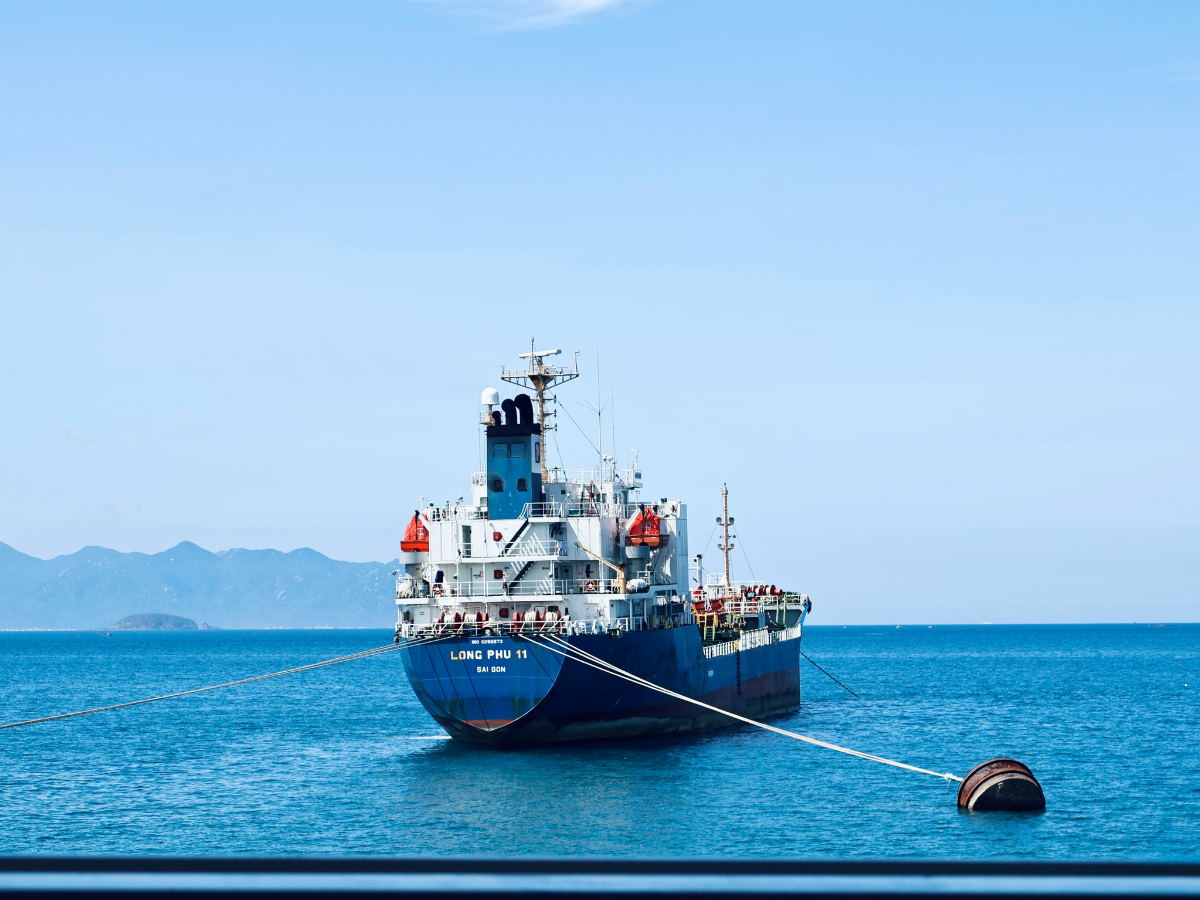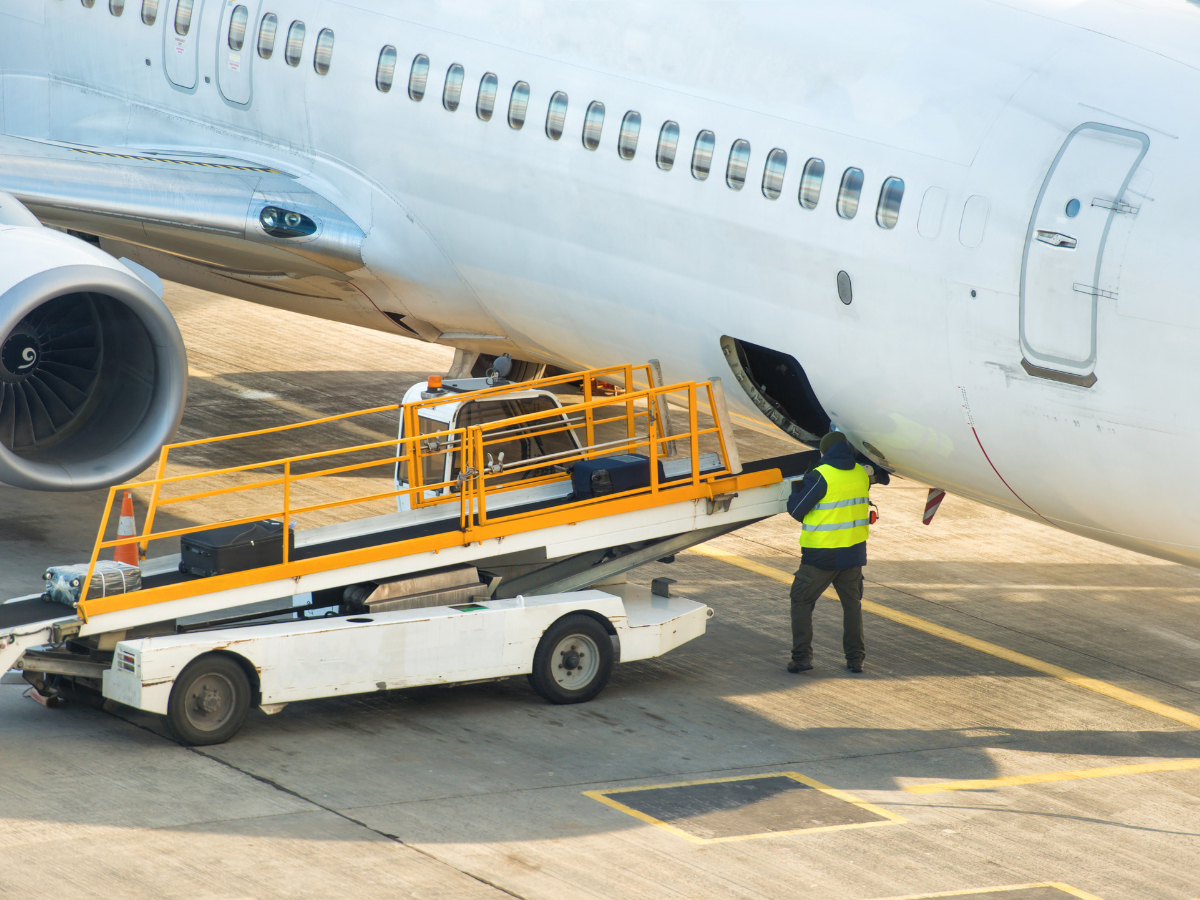Transporting large, heavy, or irregularly shaped items requires more than standard logistics—it demands precision planning, expertise, and advanced equipment. Oversized Cargo includes industrial machinery, construction materials, turbines, or any shipment that exceeds standard shipping dimensions. Handling these loads safely and efficiently is essential to prevent delays, damage, and unnecessary costs. That’s where companies like SICSA International Logistics Operation bring value, combining technical knowledge and strategic coordination to ensure every delivery reaches its destination seamlessly, regardless of size or complexity.
Understanding the Nature of Oversized Cargo
Before a single piece of equipment is moved, understanding the physical characteristics of the cargo is critical. Each oversized shipment presents unique challenges—unusual dimensions, weight distribution, or fragility may limit available routes and transport methods. A detailed assessment helps determine the safest way to load, secure, and transport such cargo. This stage also includes identifying potential obstacles such as bridge height restrictions, narrow roads, or low overhead lines that could complicate the journey. Successful transport begins with a thorough knowledge of what is being shipped.
Planning and Route Optimization
Route planning is one of the most critical elements in moving oversized freight. Not every road, bridge, or port can handle heavy or bulky shipments. Specialized logistics teams analyze the route in detail, considering road width, incline gradients, clearance heights, and local regulations. Digital mapping tools and simulation software are often used to visualize routes and predict potential risks. This ensures that the transport path chosen minimizes disruptions, avoids hazards, and provides the safest and most cost-effective journey for the shipment.
Compliance and Permits for Safe Movement
Every country—and often each region—has its own rules governing the transportation of large or heavy loads. Obtaining the right permits and meeting compliance requirements is essential to avoid fines, delays, or confiscations. Documentation typically includes details of cargo dimensions, weight, transport route, and escort vehicle requirements. Coordination with local authorities helps secure necessary clearances, ensuring that the cargo can move smoothly through each jurisdiction. Compliance is not just a legal requirement—it is a core part of responsible and safe logistics management.
Choosing the Right Transport Equipment
Selecting the appropriate mode of transport is vital for oversized shipments. Depending on the cargo’s characteristics, logistics providers may use specialized trailers, heavy-lift trucks, flat racks, or modular transporters. For long-distance or international movements, sea or rail transport is often integrated with land transport in a multimodal system. The right combination of equipment reduces risk, enhances stability, and improves cost efficiency. It’s also crucial to use lifting and securing tools designed specifically for heavy loads to ensure the cargo’s structural integrity throughout the journey.
Safety and Cargo Securing Procedures
Securing oversized cargo is both a science and an art. The use of chains, tension straps, steel supports, and custom frames is carefully calculated based on cargo weight and shape. Poorly secured freight can shift during transport, leading to accidents, delays, or damage. Safety experts conduct thorough inspections before departure to ensure that all restraints and fixtures meet international safety standards. Additionally, weather conditions—such as wind speed or road surface moisture—are considered during planning to minimize the risk of instability while in transit.
Coordination and Communication Across Stakeholders
Transporting oversized shipments often involves multiple teams—drivers, engineers, crane operators, port handlers, customs officials, and clients. Effective communication among all parties ensures that everyone understands the timeline, responsibilities, and safety measures. Logistics coordinators act as central points of communication, maintaining real-time updates throughout the operation. Any disruption—such as road closures or unexpected weather—can be addressed immediately through coordinated adjustments, ensuring the operation remains on schedule and within safety parameters.
Technology in Oversized Cargo Transportation
Technology plays an increasingly vital role in managing heavy and oversized logistics. Real-time tracking systems, GPS sensors, and load-monitoring software enable continuous visibility of the cargo’s location and condition. Advanced analytics help logistics teams optimize routes, predict risks, and make data-driven decisions. Drones and 3D modeling tools are also used for site inspections and cargo measurement, reducing human error and enhancing efficiency. The integration of digital solutions ensures that oversized cargo shipments are not only safer but also more transparent and predictable.
Sustainability and Efficiency in Heavy Transport
With global attention shifting toward sustainability, even the transportation of oversized cargo is adopting greener practices. Efficient route design reduces fuel consumption, while the use of hybrid or electric escort vehicles minimizes carbon emissions. Additionally, consolidating shipments and planning return loads reduce empty runs, improving overall energy efficiency. These efforts not only benefit the environment but also contribute to lower operational costs and enhanced public perception of responsible logistics operations.
Training and Expertise in Specialized Cargo Handling
No technology can replace the expertise of trained professionals in handling oversized shipments. Skilled personnel understand the importance of balance, weight distribution, and risk assessment. Regular training in equipment operation, cargo securing techniques, and emergency response ensures that every member of the logistics team is prepared for complex situations. A well-trained workforce is the backbone of safe and efficient oversized cargo transportation, ensuring compliance, safety, and reliability at every stage.
Conclusion: Precision and Partnership in Heavy Logistics
Transporting Oversized Cargo is one of the most demanding aspects of global logistics, requiring meticulous planning, precision engineering, and strong coordination. Each shipment is a project in itself—unique, challenging, and mission-critical. The success of these operations depends on a combination of technology, expertise, and teamwork. With a proven record of excellence, SICSA International Logistics Operation continues to deliver innovative solutions that redefine what’s possible in heavy transport, ensuring oversized shipments move safely, efficiently, and reliably across the world.














